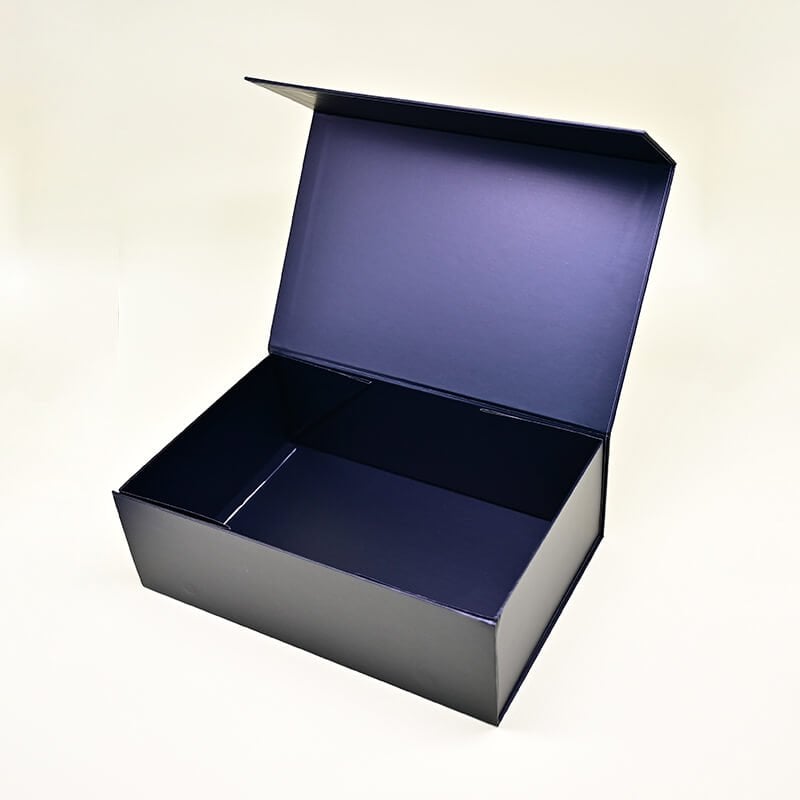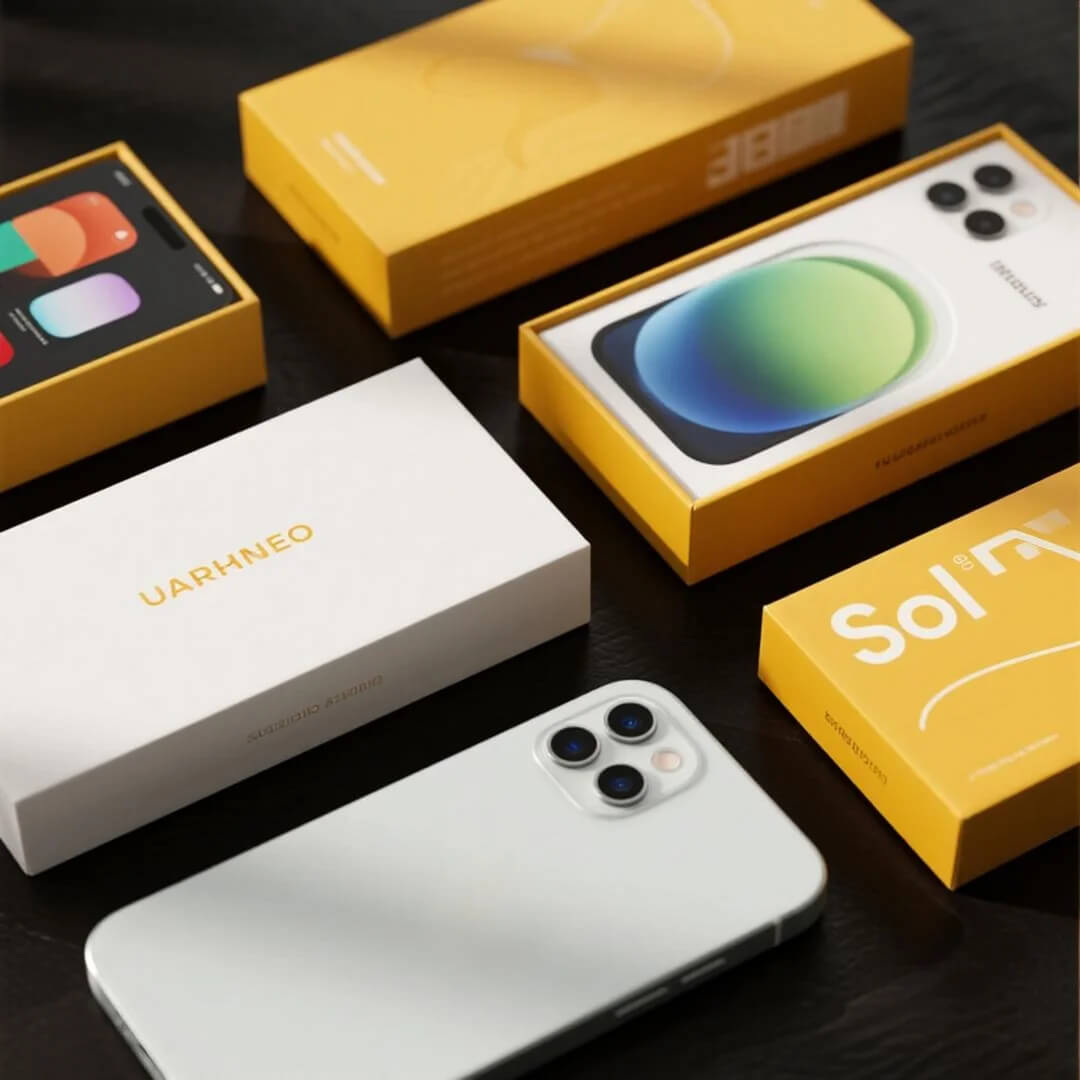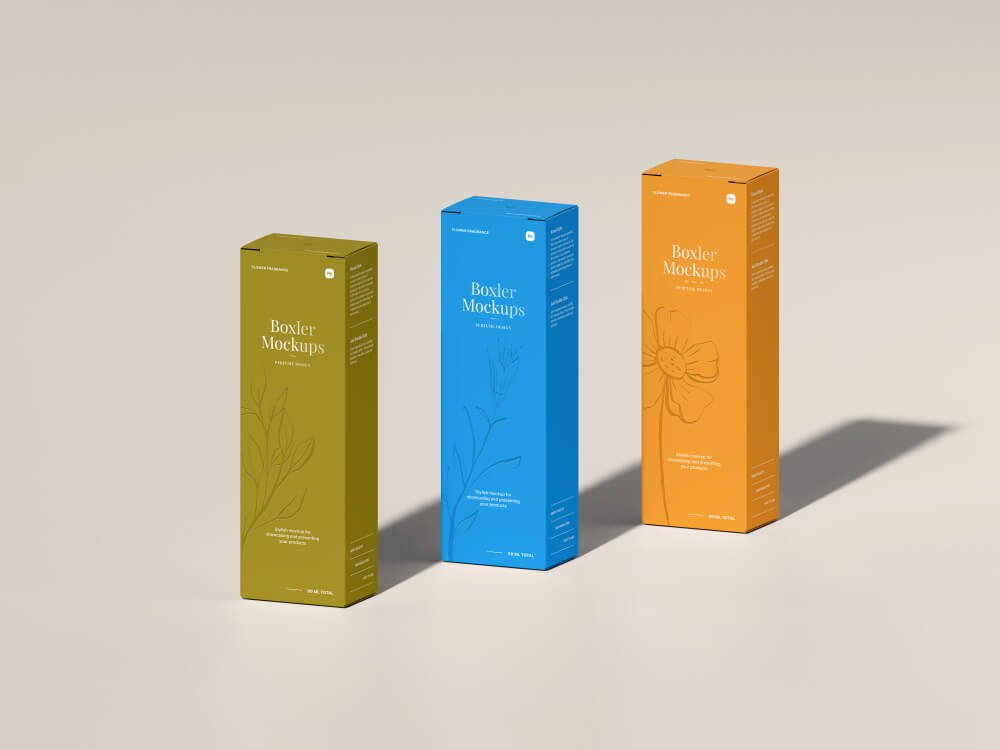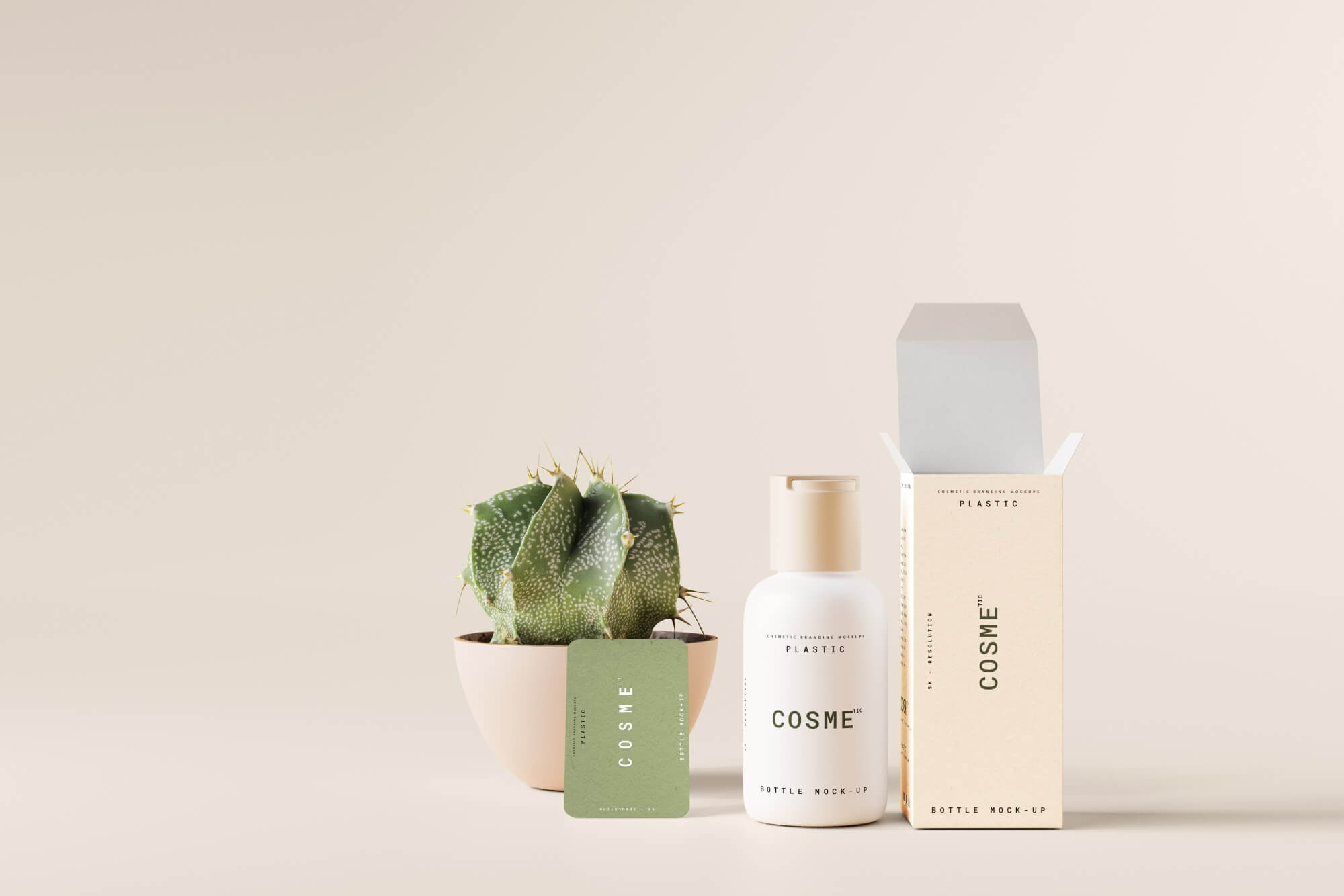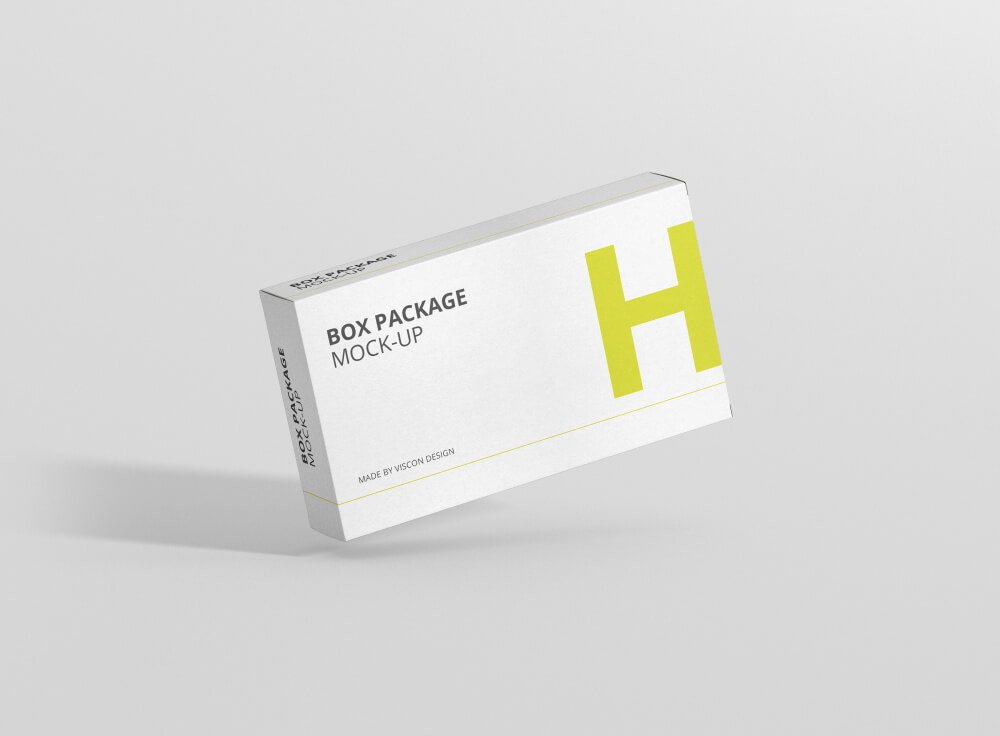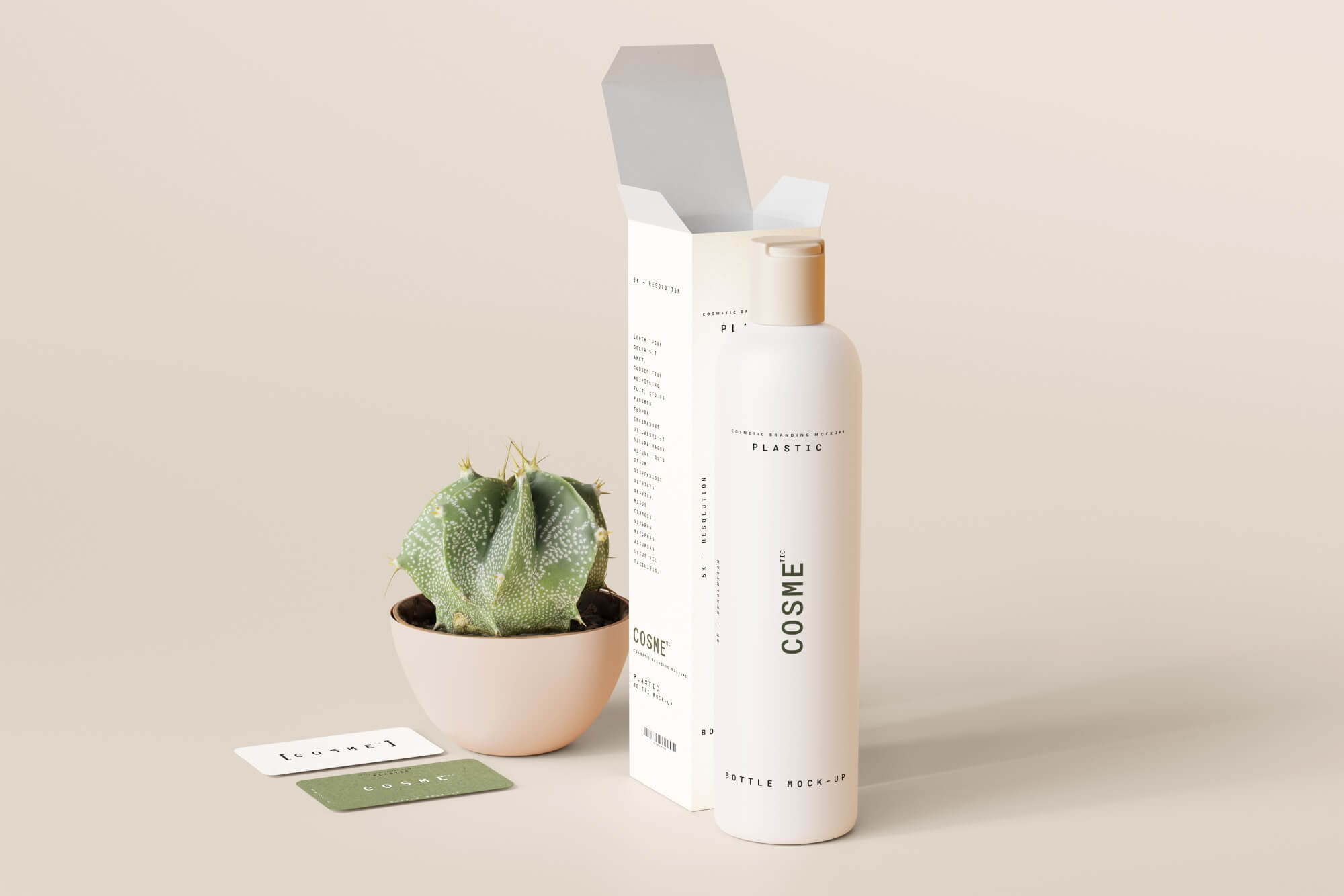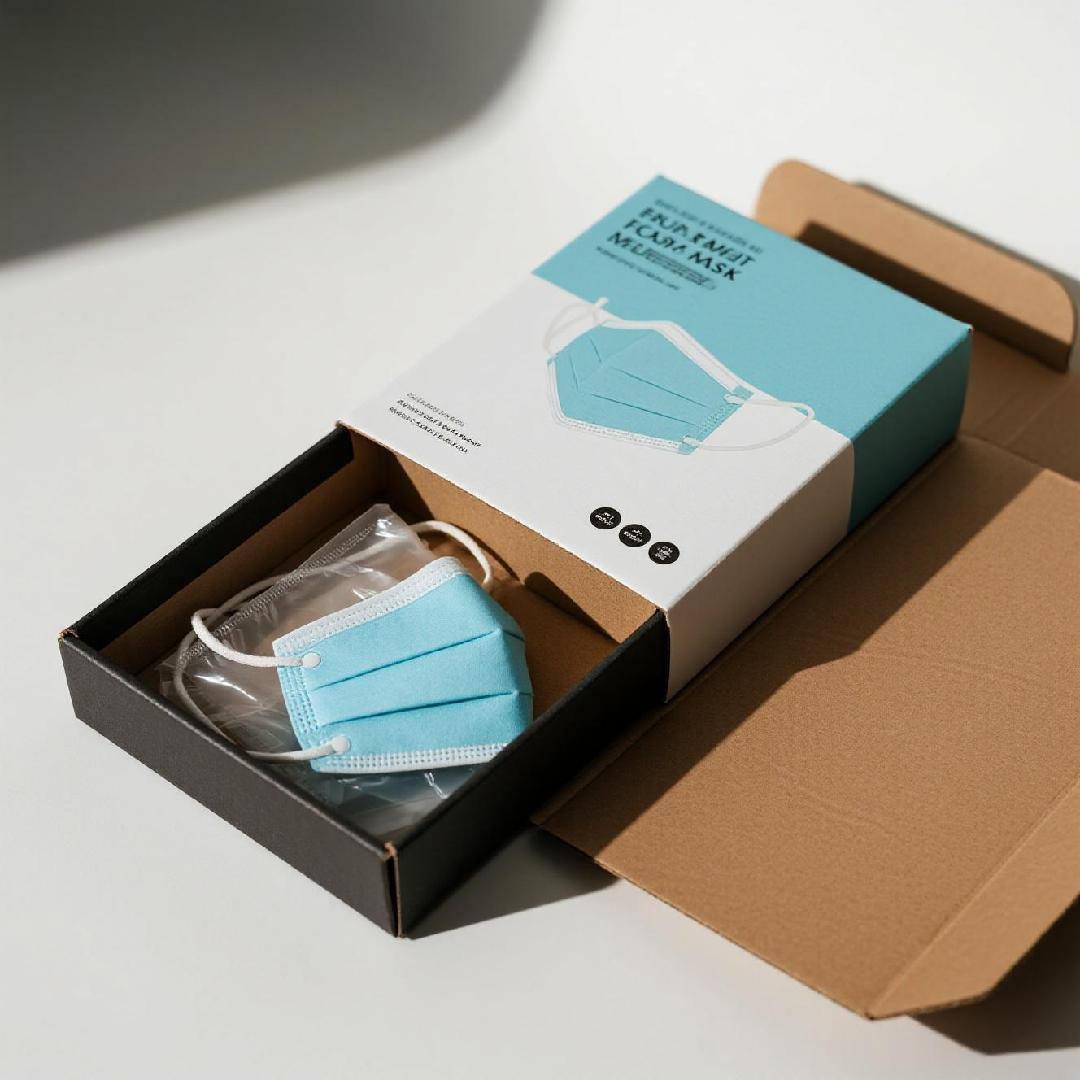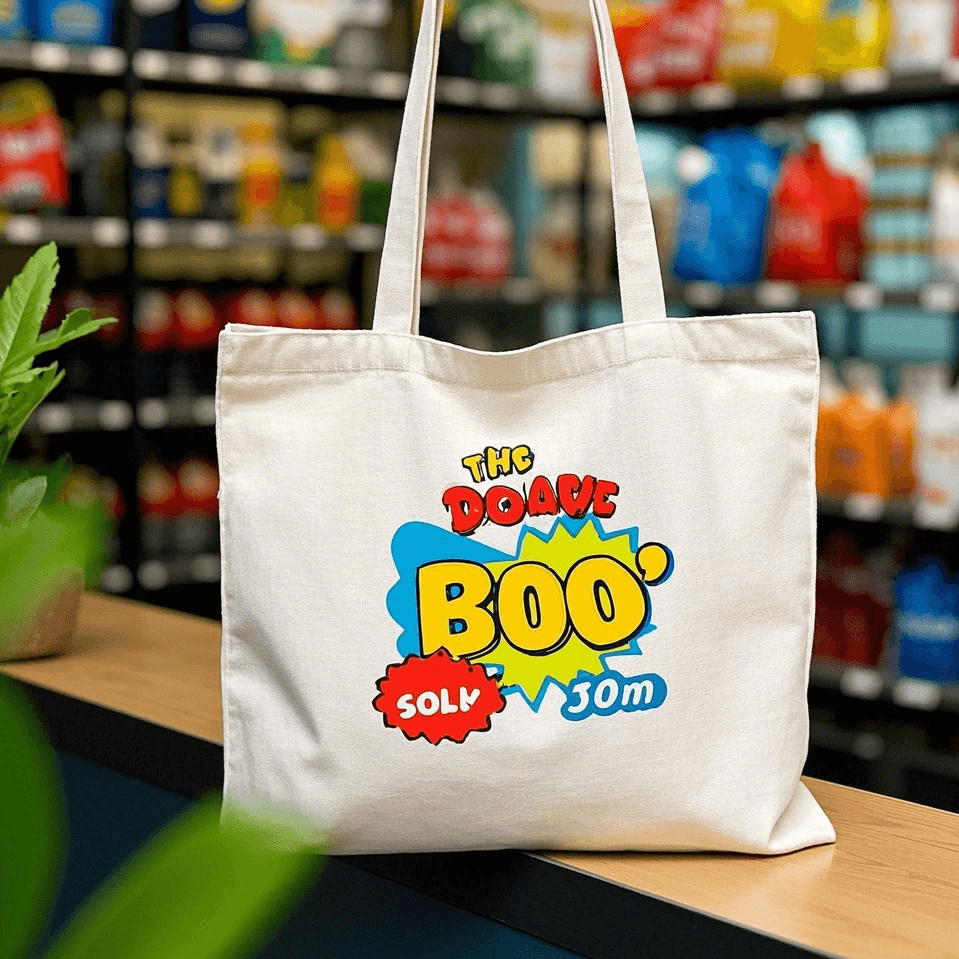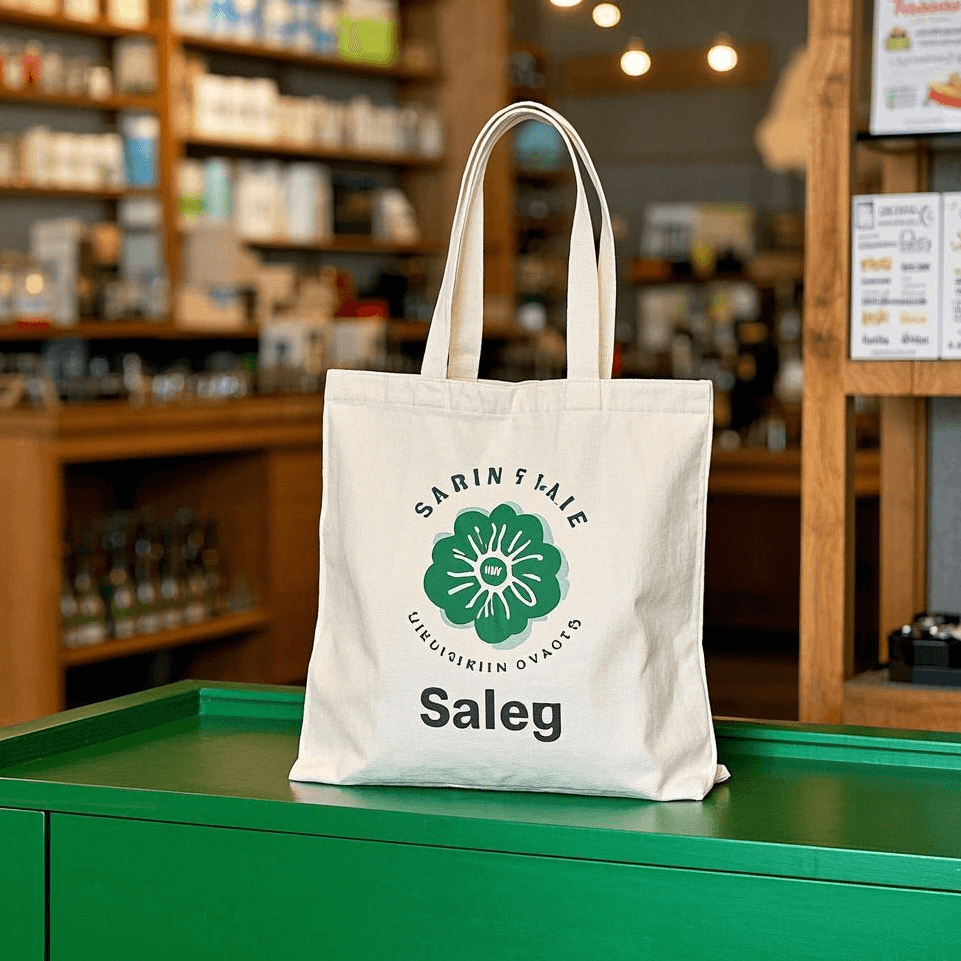- Chipboard (Folding Carton / Paperboard): Dense, single-ply paperboard (often 8–24pt). Folds sharply, prints crisply, excels for retail cartons, sleeves, and inserts. Limited cushioning; not designed for heavy stacking.
- Cardboard: A fuzzy, non-technical umbrella term people use for paper-based board. In this guide, when we say “cardboard” in shipping contexts, we mean corrugated cardboard.
- Corrugated Cardboard (Corrugated Fiberboard): Multi-ply structure with fluted medium between liners (E/B/C/BC). Engineered for compression, cushioning, and stacking in parcel, LTL, and palletized freight.
Quick clarity: chipboard box vs cardboard (in shipping) almost always resolves to folding carton vs corrugated shipper.
Chipboard vs Corrugated (Cardboard)
| Dimension | Chipboard (Folding Carton) | Corrugated Cardboard (Fiberboard) |
|---|---|---|
| Strength & Cushioning | Low–Medium; relies on inserts | Medium–High; flute provides crush resistance & energy absorption |
| Stacking / Time-Under-Load | Short stacks only | Designed for stacking; choose ECT/BCT to match load |
| Printing & Shelf Appeal | Excellent (offset/digital, tight folds) | Good (flexo/digital; higher caliper can soften fine detail) |
| Moisture Tolerance | Moderate; can add water-based topcoats | Better; liners + coatings; double-wall for harsh lanes |
| Weight & Dim Weight | Very light board; minimal structure | Heavier per sheet, but optimizes protection per pound |
| Cost (Per Unit) | Low for small/light SKUs; very efficient die-cutting | Scales well for shipping; cost rises with flute/grade |
| Recyclability | Widely recyclable (paper stream) | Widely recyclable (paper stream) |
| Best Fit | Retail cartons, sleeves, inner trays, slip sheets | Shippers, mailers, master cartons, heavy/fragile goods |
Thickness & Strength Mapping
Chipboard (Folding Carton) — Typical Calipers
- 8–12 pt (≈0.2–0.3 mm): sachets, sample sleeves, small cosmetics
- 14–18 pt (≈0.36–0.46 mm): most retail cartons (beauty, pharma, confectionery)
- 20–24 pt (≈0.5–0.6 mm): premium cartons, rigid sleeves, carded sets
Corrugated — Common Flutes & Grades (Indicative)
- E / F flute: fine print display, light mailers; choose ~32–40 ECT
- B / C flute: mainstream shippers; ~32–48 ECT depending on weight/route
- BC double-wall: large cubes/long spans/tall stacks; 51–61+ ECT equivalents; validate with BCT & compression tests
Trigger points to move up spec
- Any side ≥ 24 in or long spans that can bow
- Packed weight ≥ 30–40 lb or clamp-truck handling
- Tall stacks (long dwell) or mixed LTL with rough touchpoints
- Fragile contents needing corner/edge energy absorption
Note: Numbers above are directional for planning—final spec should pass your compression, drop, vibration, and humidity tests.
Use Cases (What Each Material Does Best)
Chipboard (Folding Carton) Priorities
- High-fidelity printing: cosmetics, nutraceuticals, CPG sleeves
- Precision folding & inserts: trays, dividers, carded sets
- Slip sheets / layer pads: dense, flat, automation-friendly
- Retail multipacks: light items that don’t need shipping-grade walls
Corrugated Cardboard Priorities
- E-commerce shippers & mailers: from 6×6×6 to 24×24×24 and beyond
- Heavy/fragile: glass, ceramics, appliances, electronics
- Pallet/LTL: stacking strength, strap channels, honeycomb decks
- Returns & reverse logistics: durability with clean label zones
The Winning Combo
- Chipboard inner + Corrugated outer: premium unboxing + low damage + easy recycling. Add molded-pulp/corr inserts to keep movement ≤3 mm after close.
Cost & Sustainability (Total Cost of Ownership, Not Just Sheet Price)
- TCO math: material + converting labor + freight (dimensional weight) + damage/returns + handling at DC and stores.
- Chipboard: lower unit material for light retail packs; watch damage if used as shipper.
- Corrugated: higher sheet mass but lower damage and better stacking; often cheaper per delivered, intact unit.
- Recyclability: both are broadly recyclable; stay mono-material paper, use water-based coatings, and print a simple recycling icon + one-line disposal note.
- Carbon & logistics: right-sized corrugated + chipboard inner trays frequently beats oversized single-material packs on freight and waste.
Decision Flow — Three Questions to Lock Your Spec
- Is this going to be stacked, shipped, or handled in rough LTL lanes?
- Yes → Corrugated (consider double-wall for big/tall/long)
- Is this primarily a shelf-selling, high-print piece with light contents?
- Yes → Chipboard (with an outer corrugated shipper)
- Is the product fragile, sharp-edged, or off-center in weight?
- Yes → Add corr insert / molded pulp / honeycomb pads; keep movement ≤3 mm
Practical Examples (Playbooks You Can Reuse)
- Beauty gift set: chipboard folding carton with foil + pulp tray inside a B-flute mailer → premium look, safe parcel trip.
- Kitchenware ceramic mug (2-pack): chipboard inner divider + corrugated shipper with corner pads → no face-to-face impact.
- Consumer electronics accessory kit: chipboard carded tray + E-flute printed sleeve inside C-flute shipper → retail polish + protection.
- Small appliance (countertop): C-flute shipper + honeycomb top/bottom + strap channels → LTL-ready with clean label panel.
FAQ
Is chipboard the same as cardboard?
No. “Cardboard” is a loose term. In shipping contexts it usually means corrugated cardboard. Chipboard is single-ply paperboard used for folding cartons, sleeves, trays, and pads.
Chipboard vs corrugated cardboard — which is better for shipping?
Corrugated. It’s engineered for compression, cushioning, and stacking. Use chipboard for retail presentation or as inner components, not as the main shipper for heavy/fragile goods.
Chipboard box vs cardboard mailer — how should I choose?
If the pack must sell on a shelf and the product is light, go chipboard; if it must survive a courier network, choose a corrugated mailer. Many brands use both—chipboard inside, corrugated outside.
Can chipboard be recycled like corrugated?
Yes, both are widely recyclable. Keep the pack mono-material paper and prefer water-based coatings. Avoid full-surface plastic laminations except for edge cases.
Get a Spec Pack You Can Act On
Send item dimensions/weight, route (parcel vs LTL/pallet), fragility notes, and any stack height limits. We’ll return Good/Better/Best options (chipboard caliper, corrugated flute/ECT, insert plan, sealing pattern) with cost deltas and a sampling timeline aligned to your launch.
Table of Contents


